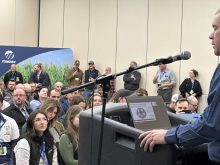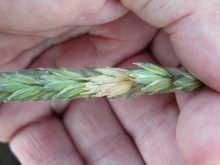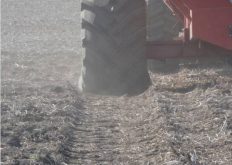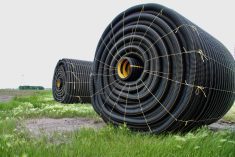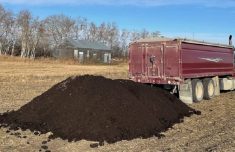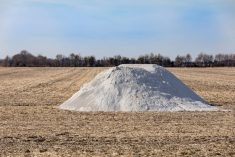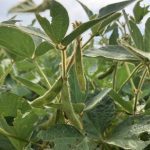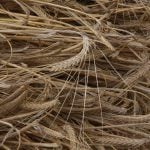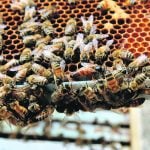In my younger days I was not a fan of long-term experiments. Almost all were on Federal Research stations with good soils and plot practices that did not always relate to farm fields. But recent information coming from long-term experiments has changed my mind.
Worldwide, the longest experiment is the famous Broadbalk field at Rothamsted Research near London, U.K. The continuous wheat since 1843 has some interesting lessons. The exhaustion experiments (Wheat cropped for years with certain nutrients withheld) also showed the need to look at nutrients in the long term.
Read Also
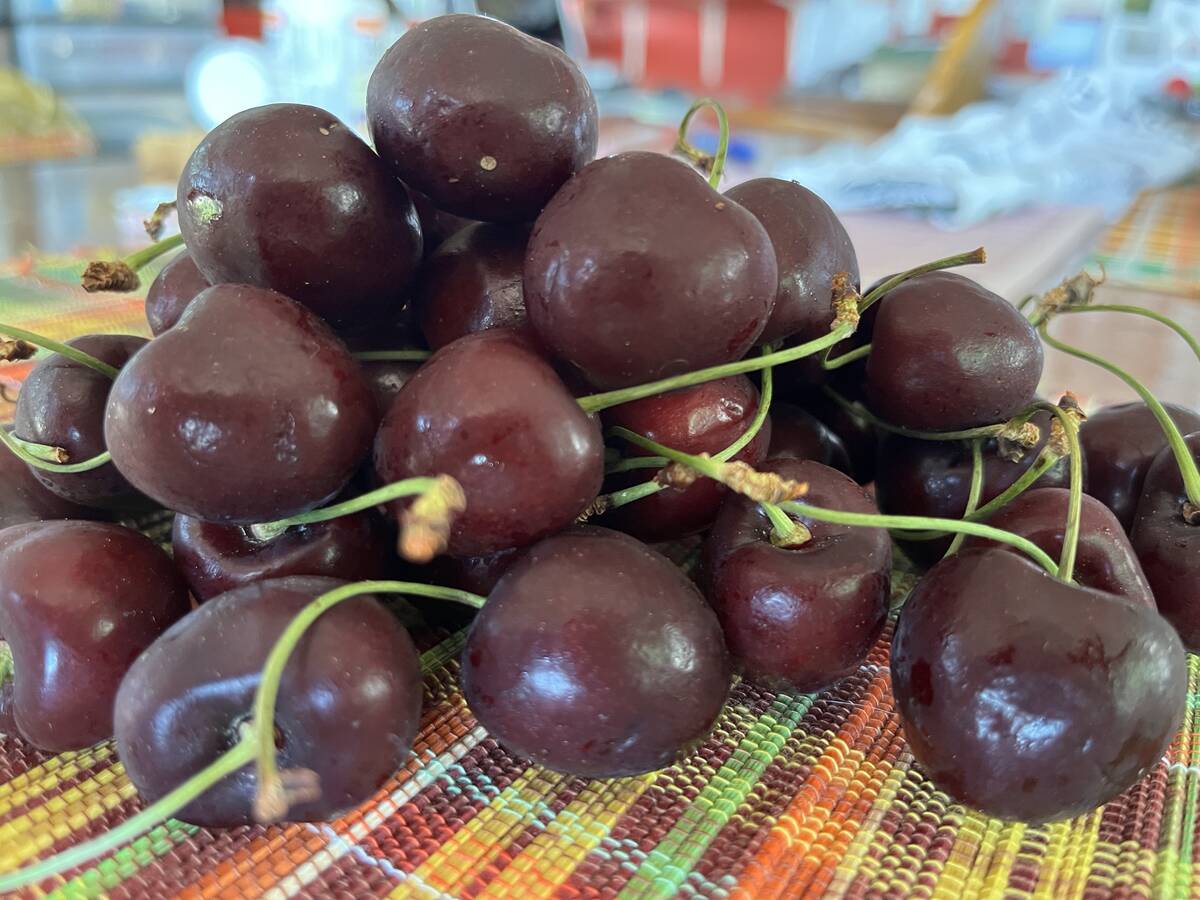
Summer brings a cherry jubilee
Seeing this year’s fresh Okanagan cherries being unpacked at the local farmers’ market, in the wake of a disastrous 2024 growing season in that region of British Columbia, was a magical moment.
But the real kicker came just a few years ago when Reynaud Lemke did simple arithmetic on nutrient addition and removal from Swift Current continuous wheat experiments since 1967. The lessons were dirt simple:
- Ninety-eight per cent of the phosphorus fertilizer applied could be accounted for by the extra P removed from wheat fertilized with P.
- The extra nitrogen removed from N fertilized plots was more than 100 per cent of the added in fertilizer over the years. More than 100 per cent recovery may seem impossible but it is true. The extra N not accounted for by fertilizer comes from organisms that fix nitrogen all by their lonesome (that it, not rhizobium) and a bit from lightning, etc.
Previous work with high tech methods like radioactive or stable tracer P and N fertilizers did provide some information on the fate of fertilizer in the short term.
But, in the end, simple arithmetic on long-term additions and removals of nutrients has completely changed our thinking. No amount of short-term high tech will substitute for lessons from the long-term experiments.
Then came the 100th anniversary of the Scott station where they have had a plot in continuous wheat for 100 years with no fertilizer or manure added. And, it still yields 15 or 20 bushels per acre, so the N has to be coming from the soil and small natural additions.
Most of the federal research stations are on grassland soils with natural high organic matter topsoil left behind by the thousands of years of grass.
Gray Wooded soils: The Breton plots
Gray Wooded soils are a much different beast. When broken, the topsoil is grey (ghost like) in colour and low in organic matter and nutrients in general.
In this case it was the University of Alberta that stepped up to the plate and established long-term plots to determine how to make a go of farming on such challenging soil. That work started in 1930; by the early 1970s the Breton and other work (by federal employees in various substations) was combined to publish a classic.
Enter “Gray Wooded Soils and Their Management” in Google and up pops a PDF of that classic piece. The editors were Fred Bentley (University of Alberta), Tommy Peters, Arnold Hennig and Don Walker — all feds. Their coordinated effort made it a classic. Anyone reading that classic should first read page 27, when they say P and K they mean P and K — not P2O5 and K2O. There are way too many examples in current farm literature where folks say P when they really mean P2O5. The error is a factor of 2.29.
The work was carried right through to the bread making ability of wheat with various fertilizer treatments (see page 55 of the PDF). Don Flaten, soils professor at the University of Manitoba, recently used that data by adding it to modern studies showing the role of sulfur fertilizers in wheat quality.
Thanks to the IPNI (International Plant Nutrient Institute) a recent report on the Breton Plots has been published in the 2016 No. 4 Issue of Better Crops with Plant Food. You can read it online at: http://www.ipni.net/publication/bettercrops.nsf.
Recent nine-year average wheat yields in a five-year rotation with no fertilizer were a meager 15 bu./ac. when the soil was left to its own devices. With annual modest N,P,K,S fertilizer rates, wheat yield was 45 bu./ac. Nothing too surprising there. But when they omitted individual nutrients the biggest hit was leaving out the P. The yield was only 22 bu./ac. without P. Leaving out K also had a 10 bu./ac. yield penalty in this rotation where all plant material was removed in three years out of five. No such yield loss from omitting K came from experiments where only grain was removed. Most of the plant K is in the straw. Grain alone removes little K.
Gray Wooded soils: My Spiritwood farm
I owned a quarter section of Gray Wooded soil for 30 years (1981 to 2011) south of Spiritwood, Sask., about two hours northwest of Saskatoon. It was in alfalfa for 10 years (1984 to 1994). Fertilizer applied was 16-20-0-14 at 200 pounds per acre of product every second year.
The table shows approximate data on nutrient removal and addition for that 10-year period. I estimate the yield at a modest 0.75 tons per acre per year.
N and K were both a big deficit. Of course it is alfalfa, so N is no problem and the soil test K was still OK. The excess of P and S should have boded well for a future crop, and it did.
In 1995 canola was planted. Early drought saw nothing come up so it was summerfallowed (last time that happened). In those days, canola seed cost was not an issue. In 1996 feed barley was planted neat (no fertilizer) with an old CCIL discer.
As is often the case, we rounded off the yields a bit. While the caption on both of my barley photos say they yielded 80 bu./ac., the 1996 yield at Spiritwood was actually net sold 78.5 bu./ac., and the actual net sold yield at Dundurn in 2016 was 82.6 bu./ac.
There is little doubt in my mind that the good 1996 yield came not only from the N left behind by the alfalfa but also the N and S left behind by the several applications of 16-20-0-14. And we must not forget that Mother Nature had a big hand by providing the rain and sun to make it all happen.
The bottom line is this: soil fertility is a long-term proposition. If one is buying land it would make a lot of sense to look at more than the lay of the land and the type of soil. Past management plays a huge roll in future yields and profit.




